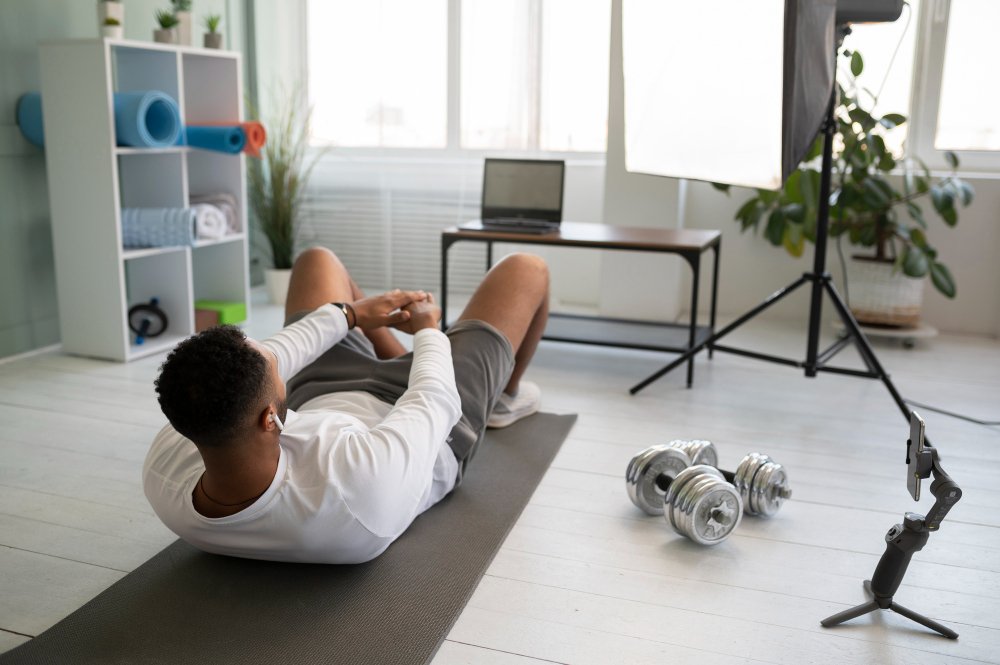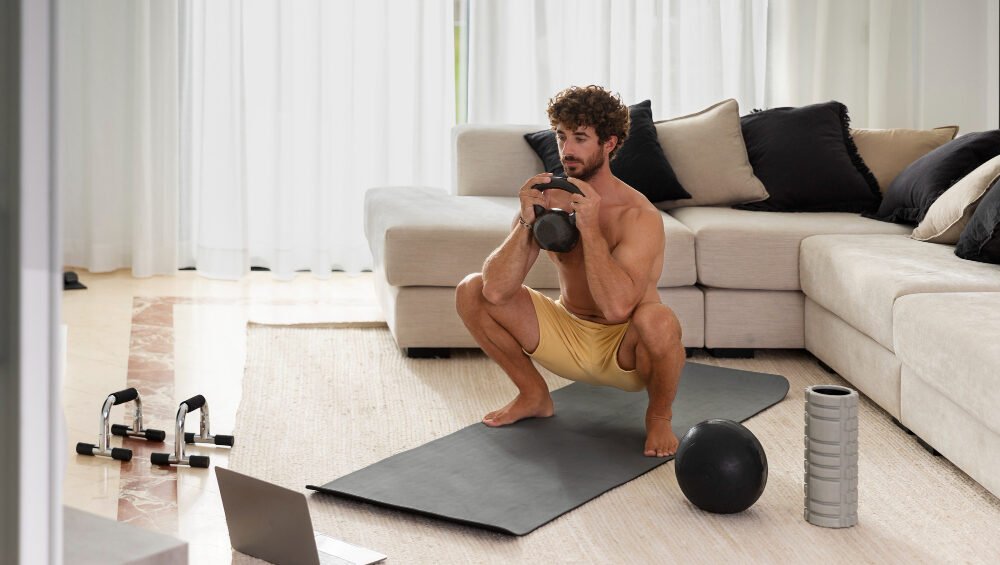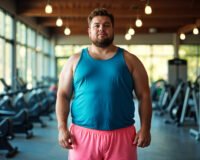Gym at Home: The Top 10 Necessary Equipment for a Total Body Transformation
Tired of crowded gyms, monthly fees, and the commute? You’re not alone. Building a home gym is one of the best investments you can make in your health, convenience, and long-term savings. But where do you start? You don’t need a room full of expensive, bulky machines to get a powerful, effective workout.
The key is to focus on versatile, space-efficient equipment that delivers maximum results. Here are the top 10 necessary pieces of equipment to build your ultimate home gym.
1. Adjustable Dumbbell Set
The Why: This is arguably the single most versatile piece of strength equipment you can own. Adjustable dumbbells replace an entire rack of fixed weights, saving you a fortune and a ton of space. They allow you to perform hundreds of exercises for every major muscle group.
What to do with them: Bicep curls, shoulder presses, goblet squats, lunges, chest presses, bent-over rows.
Pro Tip: Look for a set with a broad weight range (e.g., 5-50 lbs each) to accommodate both your beginner and advanced self.
Check also: best gym brands supplements in United States

2. Resistance Bands
The Why: Incredibly affordable, portable, and versatile. Bands provide continuous tension throughout an exercise, which can lead to serious muscle growth. They’re perfect for adding resistance to bodyweight movements, assisting with pull-ups, or rehabilitating injuries.
What to do with them: Banded squats, glute bridges, pull-aparts (for shoulder health), lat pulldowns, tricep extensions.
Pro Tip: Get a set with multiple resistance levels (light, medium, heavy) to keep challenging your muscles.
3. Yoga Mat
The Why: More than just for yoga, a good mat defines your workout space, provides cushioning for your joints during floor work, and prevents slipping. It’s the foundation of your home gym floor.
What to do with it: Core workouts (planks, crunches), yoga, Pilates, stretching, and cool-downs.
Pro Tip: Choose a mat with sufficient thickness (at least 5mm) for comfort, especially if you’re working on hard floors.
4. Kettlebell
The Why: The unique off-center weight of a kettlebell is perfect for building explosive power, strength, and cardiovascular endurance all at once. It’s a fantastic tool for dynamic, full-body movements.
What to do with it: Kettlebell swings (the ultimate posterior chain exercise), goblet squats, Turkish get-ups, cleans, and presses.
Pro Tip: A single 16kg (35lb) or 20kg (44lb) kettlebell is a great starting point for most men, while an 8kg (18lb) or 12kg (26lb) is ideal for most women.
5. Jump Rope
The Why: The most efficient and affordable cardio tool on the planet. Just 10 minutes of jumping rope can be as effective as 30 minutes of jogging. It improves coordination, footwork, and bone density.
What to do with it: High-Intensity Interval Training (HIIT), warm-ups, dedicated cardio sessions.
Pro Tip: Measure your rope by standing on the middle of it; the handles should reach your armpits.
6. Pull-Up Bar
The Why: It’s challenging to train your back effectively without one. The pull-up is a fundamental bodyweight movement that builds a strong, wide back, improves grip strength, and develops formidable core stability.
What to do with it: Pull-ups, chin-ups (palms facing you), hanging knee raises (for abs), and dead hangs to decompress your spine.
Pro Tip: Get a doorway model that requires no drilling for easy installation and removal.
Check also: how to build muscle – beginners guide
7. Adjustable Weight Bench
The Why: A bench exponentially increases the number of exercises you can do with your dumbbells or kettlebell. An adjustable bench that inclines, declines, and flats allows for targeted chest, shoulder, and tricep work.
What to do with it: Incline/decline/flat dumbbell presses, step-ups, Bulgarian split squats, seated shoulder presses.
Pro Tip: If space is tight, look for a foldable model.
8. Foam Roller
The Why: Recovery is just as important as the workout itself. A foam roller is a self-massage tool that helps release muscle tightness, improve flexibility, and reduce soreness (DOMS). It’s essential for maintaining a pain-free, mobile body.
What to do with it: Roll out your quads, hamstrings, glutes, back, and lats before and after workouts.
Pro Tip: Beginners should start with a smooth roller; those needing deeper pressure can graduate to a textured or vibrating model.

9. Suspension Trainer (e.g., TRX)
The Why: This is a complete gym that fits in a bag. Using your body weight and gravity, suspension trainers build incredible functional strength, core stability, and balance. They can be anchored to a door, tree, or sturdy post.
What to do with it: Rows, push-ups, pikes, fallouts, and hamstring curls.
Pro Tip: The closer you are to the anchor point, the easier the exercise; step further away to increase difficulty.
10. Ab Wheel
The Why: Simple, cheap, and brutally effective. The ab wheel is one of the best tools for building core strength and stability, targeting not just your abs but your entire midsection.
What to do with it: Rollouts from your knees (beginner) or toes (advanced).
Pro Tip: Focus on maintaining a tight, straight core throughout the movement to protect your lower back. Don’t let your hips sag!
Check also: Whey vs plant proteins
Building Your Gym, One Piece at a Time
You don’t need to buy everything at once. Start with the basics that match your goals—perhaps a set of resistance bands and a mat, then add dumbbells and a kettlebell. The most important piece of equipment, however, will always be your own consistency and effort.
With this curated list, you can create a highly effective home gym that fuels your fitness journey for years to come, all without ever waiting for a machine again.






